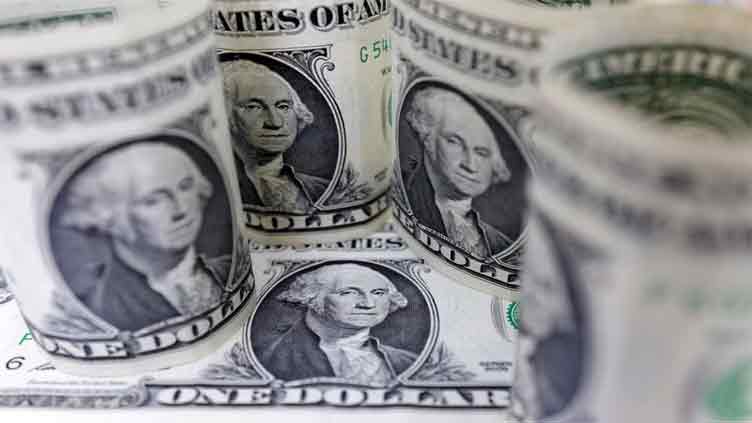Dollar slides on US Federal Reserve rate cut bets

Business
Tumbles to 146.675 yen, New Zealand and Australian currencies hit four-month peak
SINGAPORE (Reuters) – The dollar slid across the board to hit a more than three-month low against its major peers on Wednesday, while the New Zealand dollar surged after its central bank suggested that more rate hikes could be in the offing.
The kiwi jumped more than 1 per cent to hit a four-month peak of $0.6203 after the Reserve Bank of New Zealand (RBNZ) kept interest rates steady, as expected, but revised its official cash rate (OCR) track higher for 2024 and 2025, pointing to further tightening ahead.
"Whilst the RBNZ were expected to hold, their statement struck a hawkish tone by stating that inflation remains too high," said Matt Simpson, senior market analyst at City Index.
The Australian dollar similarly scaled a four-month top of $0.6670, unfazed by domestic data showing inflation eased by more than expected in October as goods prices fell, while core inflation also edged down.
The Antipodean currencies got a lift from a falling greenback, which tumbled to an over three-month low against a basket of currencies as bets grow that the US Federal Reserve could begin cutting rates early next year.
Fed Governor Christopher Waller – a known hawkish and influential voice at the central bank – on Tuesday flagged a possible rate cut in the months ahead, feeding market expectations that US rates have peaked.
The dollar tumbled more than 0.5pc to 146.675 yen, its weakest level in more than two months, and pushed the euro back above $1.10 to an over three-month high of $1.1017.
"He's relatively hawkish, historically speaking, so if his attitude is turning a little bit more dovish, it sorts of says that perhaps a general consensus of the board members is that rates have peaked and maybe could even be cut next year," said Kyle Rodda, senior financial market analyst at Capital.com.
Market pricing currently shows a 40pc chance the Fed could begin easing monetary policy as early as next March, as compared to a roughly 22pc chance a day ago, according to the CME FedWatch tool.
Sterling similarly scaled a three-month top of $1.2733, while the dollar index bottomed at 102.46.
The index was eyeing a nearly 4pc loss for November, its worst monthly performance in a year.
"We have become less constructive on the prospects for the US dollar, as progress in reducing US inflation suggests the risks are tilted toward earlier rather than later Fed easing," said economists at Wells Fargo in a note. "Despite US economic resilience, this should lessen the greenback's near-term gains."



